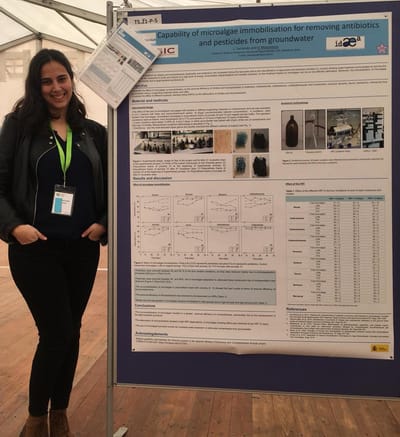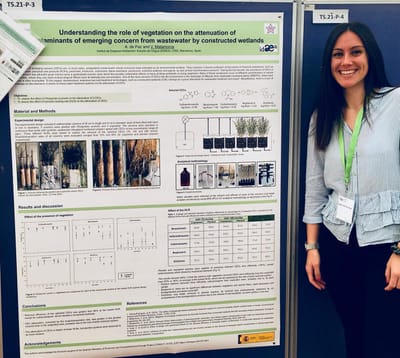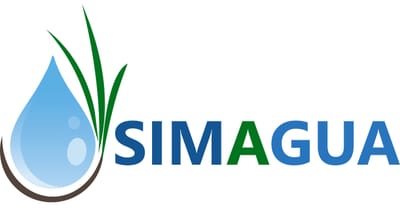SUMMARY
Project: Unravelling the effect of chemical signalling on the attenuation of contaminants by symbiosis. Advances in the biological treatment of wastewater
Water scarcity and water pollution are some of the crucial issues in today’s world. By 2025, 1.8 billion people will be living in countries or regions with absolute water scarcity, and two- thirds of the world’s population could be living under water stressed conditions. In addition, every day, 2 Mio tones sewage, industrial and agricultural wastes are discharged into the world׳s water, equivalent of the weight of the entire human population. In this sense, the occurrence of emerging pollutants in the effluents of sewage treatment plants is a worldwide problem due to its potential adverse effects on the ecosystem and human health. This is due to the fact that urban, industrial and agricultural water treatment systems have not been designed to eliminate them. Although advanced oxidation or membrane based technologies can solve this issue, they require a high level of energy consumption and are expensive to build and maintain. The research group has published leading contributions demonstrating that there are low-cost natural treatment systems, such as constructed wetlands and microalgae systems, capable of removing emerging contaminants from wastewater.We have also proved that vegetation plays a very important role in the enhancement of the biodegradation rate of pollutants.
Proyecto financiado por el Ministerio de Ciencia, innovación y Universidades

SIMAGUA project (CTM2017-91355-EXP)

Water scarcity and water pollution are some of the crucial issues in today’s world. By 2025, 1.8 billion people will be living in countries or regions with absolute water scarcity, and two- thirds of the world’s population could be living under water stressed conditions. In addition, every day, 2 Mio tones sewage, industrial and agricultural wastes are discharged into the world׳s water, equivalent of the weight of the entire human population. In this sense, the occurrence of emerging pollutants in the effluents of sewage treatment plants is a worldwide problem due to its potential adverse effects on the ecosystem and human health. This is due to the fact that urban, industrial and agricultural water treatment systems have not been designed to eliminate them. Although advanced oxidation or membrane based technologies can solve this issue, they require a high level of energy consumption and are expensive to build and maintain. The research group has published leading contributions demonstrating that there are low-cost natural treatment systems, such as constructed wetlands and microalgae systems, capable of removing emerging contaminants from wastewater.We have also proved that vegetation plays a very important role in the enhancement of the biodegradation rate of pollutants.
Proyecto financiado por el Ministerio de Ciencia, innovación y Universidades

SIMAGUA project (CTM2017-91355-EXP)

OBJECTIVES
1) to develop analytical methodologies for the determination of root exudates in the rhizosphere
2) to identify the chemical signals of symbiosis in phytoremediation that enhance the biodegradation rate of contaminants.
3) to assess the use of chemical signals for improving current water treatment technologies .
RESULTS


-Laura Casino and Víctor Matamoros. Capability of microalgae immobilisation for removing antibiotics and pesticides from groundwater. 1st Meeting of the Iberian Ecological Society & XIV AEET Meeting Ecology an integrative science in the Anthropocene, 4-7 February 2019. Barcelona. Poster Presentation.
-Agnès de Paz and Víctor Matamoros. Understanding the role of vegetation on the attenuation of emerging contaminants from wastewater by constructed wetlands. 1st Meeting of the Iberian Ecological Society & XIV AEET Meeting Ecology an integrative science in the Anthropocene, 4-7 February 2019. Barcelona. Poster Presentation.
Research Team
Dr. Victor Matamoros
Principal investigator
Yolanda Rodríguez
Laboratory technician
Dr. Hadi Parastar
External collaborator, Sharif University of Technology
Prof. Hans Brix
External collaborator, Aarhus University
SIMAGUA PROJECT
Contact Us For More Information
Contact
- Carrer de Jordi Girona, 18-26, Barcelona, Catalonia, Spain
- 08034




